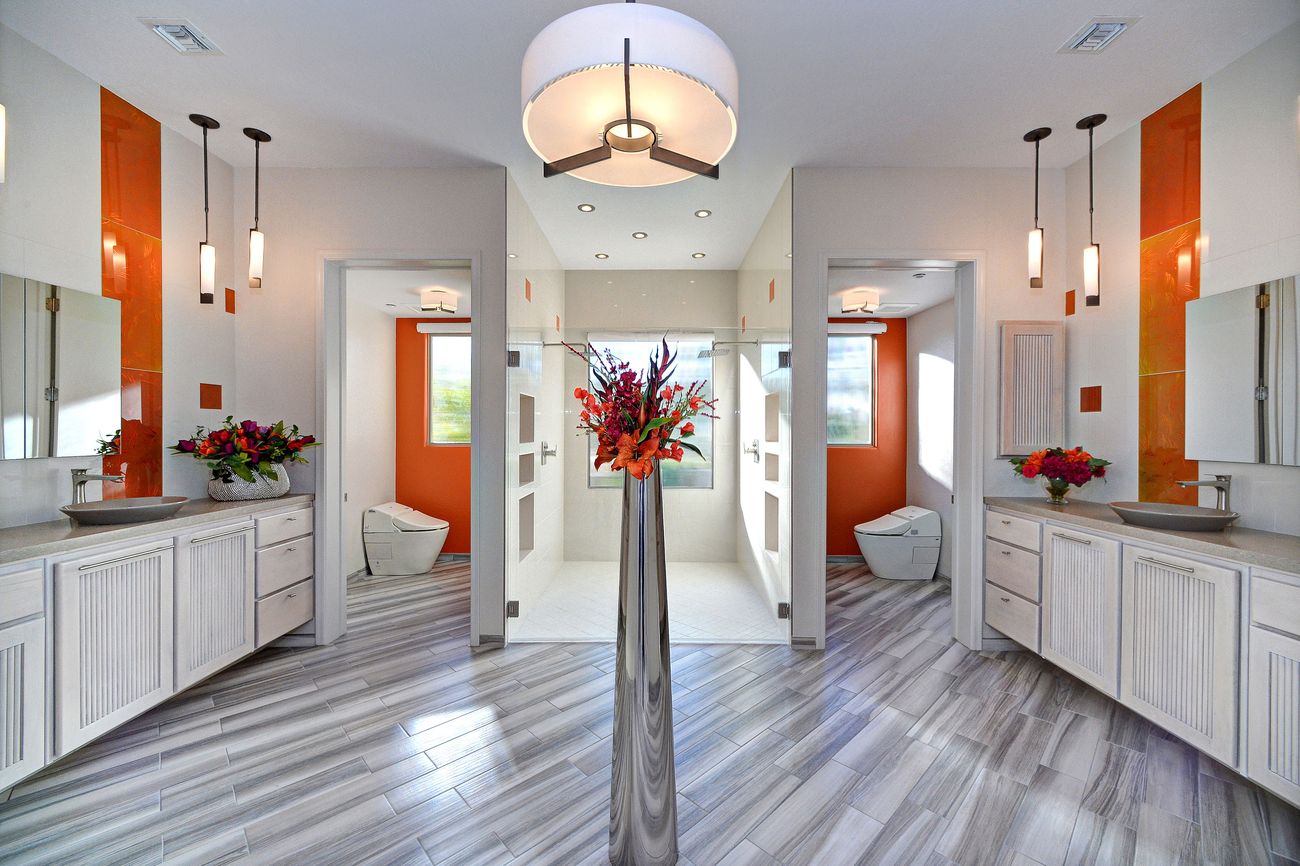
Universal design is all about creating spaces, products, and experiences that everyone can use, regardless of age, ability, or status. Imagine a world where every building, website, and gadget is accessible to all. Sounds amazing, right? But what exactly does this concept entail? Universal design principles ensure that environments are usable by the broadest range of people possible. This approach isn't just for those with disabilities; it's for everyone. From ramps and wide doorways to intuitive smartphone interfaces, these designs make life easier and more inclusive. Ready to dive into some intriguing facts about universal design? Let's get started!
Key Takeaways:
- Universal design aims to make spaces accessible to everyone, regardless of age or ability. It's about inclusivity and creating environments that enhance usability and improve quality of life for all.
- Universal design principles apply to architecture, technology, and everyday products, making them accessible and usable for everyone. It's about considering the diverse needs of all people to create inclusive environments.
What is Universal Design?
Universal design aims to create environments accessible to everyone, regardless of age, ability, or other factors. It’s about inclusivity and making spaces usable for all. Here are some fascinating facts about universal design.
-
Universal design originated in the 1970s, focusing on creating products and environments accessible to all people.
-
Architect Ronald Mace coined the term "universal design" and was a pioneer in the field.
-
Universal design principles apply to various fields, including architecture, product design, and technology.
-
The concept emphasizes usability for the widest range of people, not just those with disabilities.
Principles of Universal Design
Universal design is guided by seven key principles. These principles ensure that environments and products are accessible and usable by everyone.
-
Equitable Use: Designs should be useful and marketable to people with diverse abilities.
-
Flexibility in Use: Accommodates a wide range of individual preferences and abilities.
-
Simple and Intuitive Use: Easy to understand, regardless of the user's experience, knowledge, or language skills.
-
Perceptible Information: Communicates necessary information effectively to the user, regardless of ambient conditions or the user's sensory abilities.
-
Tolerance for Error: Minimizes hazards and adverse consequences of accidental or unintended actions.
-
Low Physical Effort: Can be used efficiently and comfortably with minimal fatigue.
-
Size and Space for Approach and Use: Provides appropriate size and space for approach, reach, manipulation, and use, regardless of the user's body size, posture, or mobility.
Universal Design in Architecture
Architecture is one of the most visible fields where universal design principles are applied. Buildings and spaces are designed to be accessible to everyone.
-
Ramps and elevators are common examples of universal design in architecture.
-
Wide doorways and hallways accommodate wheelchairs and strollers.
-
Lever handles on doors are easier to use than traditional doorknobs.
-
Accessible bathrooms with grab bars and roll-in showers are essential features.
-
Visual and tactile signage helps people with visual impairments navigate spaces.
Universal Design in Technology
Technology also benefits from universal design, making devices and software accessible to a broader audience.
-
Voice recognition software helps people with mobility impairments use computers and smartphones.
-
Screen readers assist visually impaired users in navigating digital content.
-
Adjustable font sizes and high-contrast modes improve readability for people with visual impairments.
-
Closed captions and subtitles make videos accessible to those with hearing impairments.
-
Touchscreens with haptic feedback provide tactile responses for better usability.
Universal Design in Everyday Products
Everyday products can also be designed with universal design principles, making them easier for everyone to use.
-
Ergonomic kitchen tools, like easy-grip utensils, benefit people with arthritis.
-
Adjustable showerheads accommodate users of different heights and abilities.
-
Automatic doors are convenient for everyone, not just those with disabilities.
-
Light switches and thermostats placed at accessible heights ensure usability for all.
-
Color-coded and large-print labels on medication bottles help those with visual impairments.
-
Universal design in public transportation includes features like low-floor buses and audible stop announcements.
Universal design makes the world more inclusive and accessible for everyone. By considering the diverse needs of all people, we create environments and products that enhance usability and improve quality of life.
Universal Design: A Path to Inclusivity
Universal design isn't just a trend; it's a necessity. By creating spaces and products that everyone can use, we make the world more inclusive. Think about ramps for wheelchairs, captions on videos, or even lever handles instead of doorknobs. These small changes make a big difference.
Businesses benefit too. More accessible designs mean more customers. Schools, workplaces, and public spaces become more welcoming. It's a win-win for everyone.
So next time you see a universally designed feature, remember its impact. It's not just about convenience; it's about equality. Universal design helps everyone live better, more independent lives.
Let's keep pushing for more inclusive designs. The world will be better for it.
Frequently Asked Questions
Was this page helpful?
Our commitment to delivering trustworthy and engaging content is at the heart of what we do. Each fact on our site is contributed by real users like you, bringing a wealth of diverse insights and information. To ensure the highest standards of accuracy and reliability, our dedicated editors meticulously review each submission. This process guarantees that the facts we share are not only fascinating but also credible. Trust in our commitment to quality and authenticity as you explore and learn with us.
